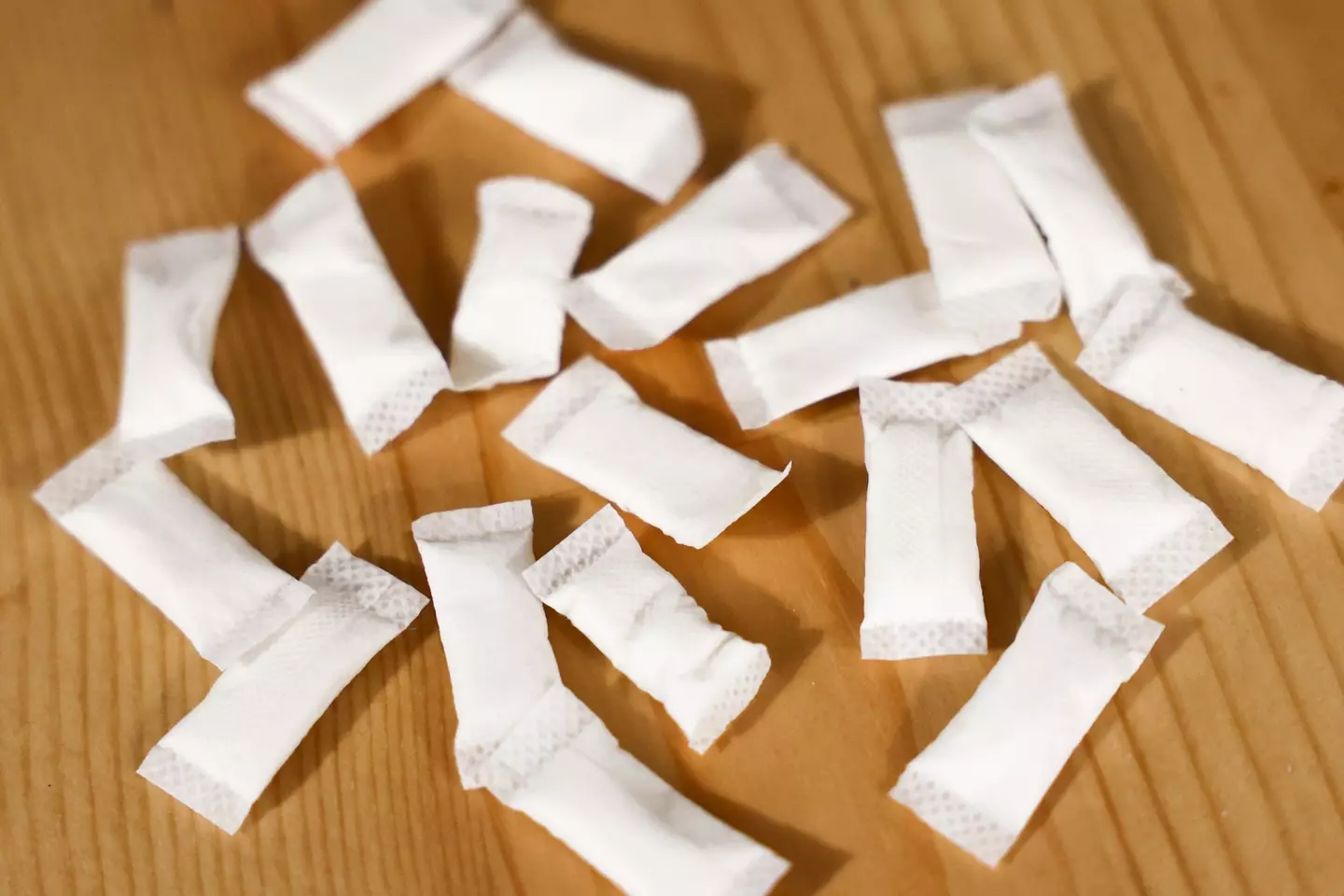
Caffeine is a key part of many of our days, giving us the jumpstart that many of us need when we’re still bleary-eyed and wishing we could stay in bed.
It’s a habit many people pick up in their teens when the demands of school schedules and impatient parents conflict with teenagers’ naturally delayed circadian rhythms. That’s right, teenagers aren’t just being lazy or irresponsible when they fall asleep and wake up later than the rest of us.
If your circadian rhythm won’t let you sleep until at least 11, and you naturally need more sleep while you’re going through all the physical changes of adolescence, it’s no wonder so many teens struggle with getting up and out for school by 7am.

Advert
And with that in mind, it’s no wonder so many of them start drinking coffee, or even opt for heavier caffeine products. Energy drinks, for example, have huge amounts of caffeine in them relative to coffee, and an age limit of 16 has been imposed on them in the UK to prevent young teens for getting hooked on them.
Now, there’s a relatively new option on the block: caffeine pouches.
These teabag-style pouches get slipped between your cheek/lips and gums, usually above your upper teeth, where they’re left for around 20 minutes to leech caffeine straight into your bloodstream.
They’ve got the nickname ‘upper deckies’ – referring to them being on the ‘upper deck’ of your mouth – and health experts are concerned about their caffeine content and their accessibility to teens and kids.
Advert
These caffeine pouches have already taken off among teens in the US after trending on social media sites, and now experts are concerned they could get a lot of traction among teens elsewhere. Now that disposable nicotine vapes have been banned in the UK, for instance, there’s also a void to be filled for many energy-starved teenagers.
A single pouch contains as much caffeine as two cups of regular coffee, and their effects are pretty rapid with the caffeine heading straight through your gums and into your bloodstream.
The concern is that people will be ingesting considerably more caffeine than is safe, risking nausea, dizziness, an accelerated heartrate and heightened blood pressure.
"Young people may have less tolerance to caffeine and there's a chance they could end up in the emergency room if they have too much," Dr Rob van Dam, from George Washington University, explained to BBC News.
Advert
He continued: "While it's harder to overdose on coffee, with these products it's easier, especially if young people are using energy drinks too."
400mg is typically the safe upper limit for caffeine consumption, or around four cups of instant coffee. Pregnant women shouldn’t exceed 200mg, and teenagers also have a lower tolerance than healthy adults.

While many pouches only contain caffeine, many others contain nicotine too.
Advert
Their discreet use is also of concern, with it being relatively difficult to tell that someone is using them. They don’t smell, they’re not usually apparent when they’re in your mouth, and the pots they come in can be easily obscured in deeper pockets.
They aren’t like vapes that are notably indiscreet, anyway.
Bini Suresh, head of dietetics at the Cleveland Clinic, London, also told the BBC: "While caffeine may give a temporary boost, it can disrupt sleep and worsen fatigue over time, especially in children and teens who are more sensitive to its effects."
Topics: Health
